
You’ve definitely felt at least once that a part of your body “falls asleep” after being in the same place for an extended period of time. When you try to move, you begin to experience pins and needles in that area. It’s possible that you won’t want to move because it’s so uncomfortable. You’ve come to the right place if you’re wondering how to avoid it and why it happens.
What this tingling sensation is actually called
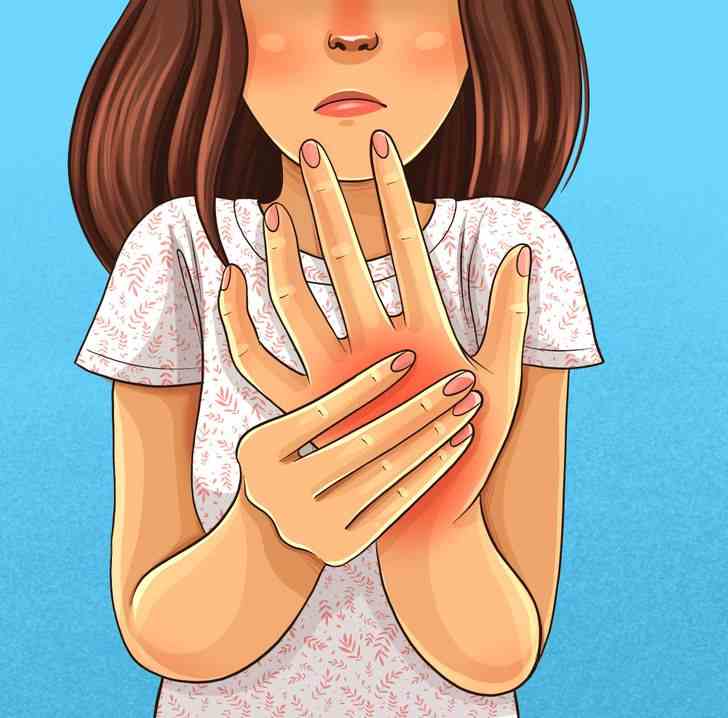
The feeling of numbness, as well as burning or prickling in your body, is known as paresthesia, according to the National Institute of Neurological Disorders and Stroke. This is most often felt in the hands, arms, legs, or feet, but it can also happen in other areas of the body. You’ve probably experienced this sensation before: it feels like a swarm of ants is creeping around your body, and it can be very unpleasant.
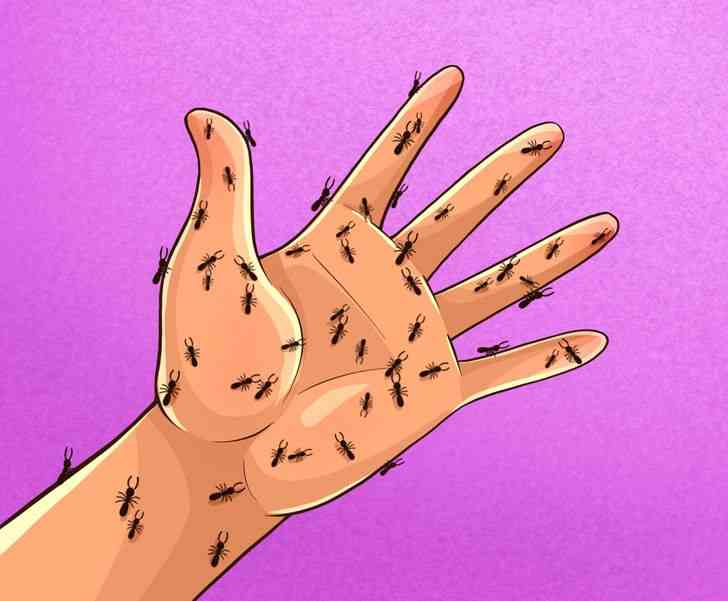
This numbness normally occurs without warning, according to a study that looked into sensations aroused in limbs while applying pressure. Since the subject is normally unaware of when the feeling begins, this is the case. Furthermore, it does not often result in pain, but rather in discomfort.
Millions of people around the world suffer from this form of discomfort, especially those whose occupations restrict their physical mobility, such as office jobs where sitting for long periods of time is normal.
When does the loss of sensation occur
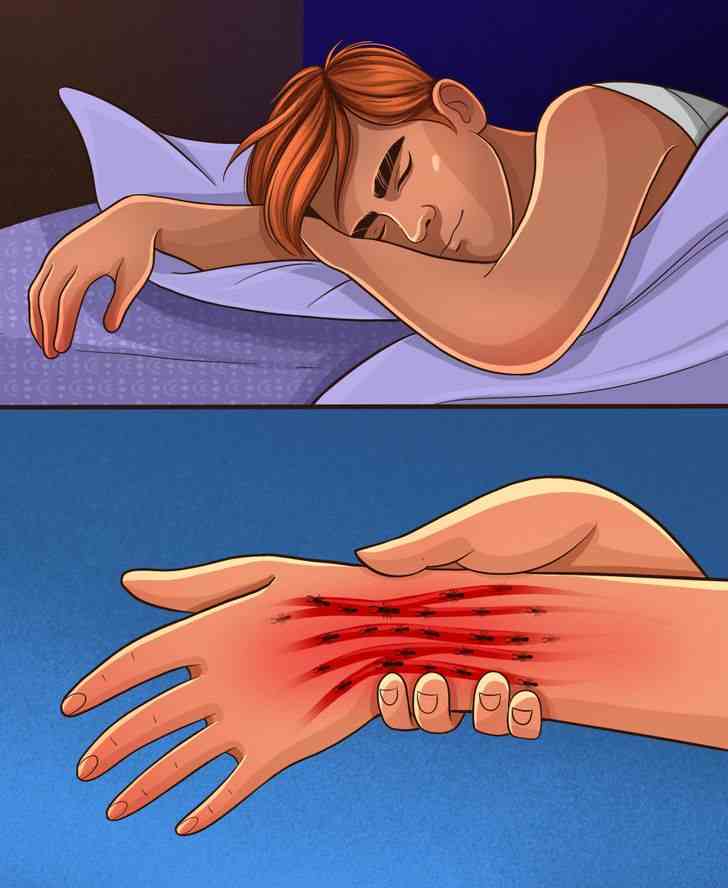
It should come as no surprise that we have all undergone what is officially known as transient paresthesia at some stage in our lives. It’s commonly referred to as “pins and needles” and can be defined as a part of your body “falling asleep.” When we have been in the same place for a long time, this happens. When we sit with our legs crossed or fall asleep with one arm folded under our chin, this occurs often.
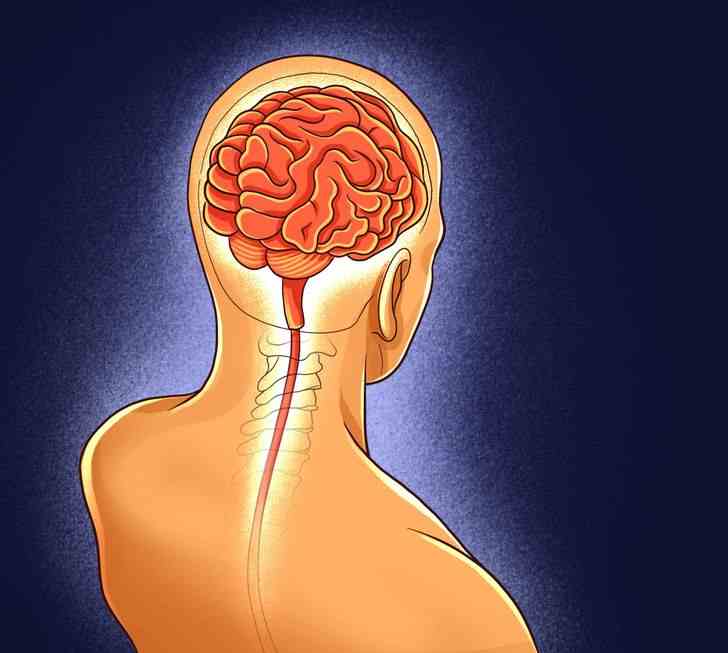
As previously stated, this most often happens when continuous pressure is applied to a nerve. You should be aware, however, that it may also be the product of a current injury or another underlying disorder causing nerve damage, such as a nerve injury, a herniated disc, a tumour, or something else.
How long does the tingling sensation last
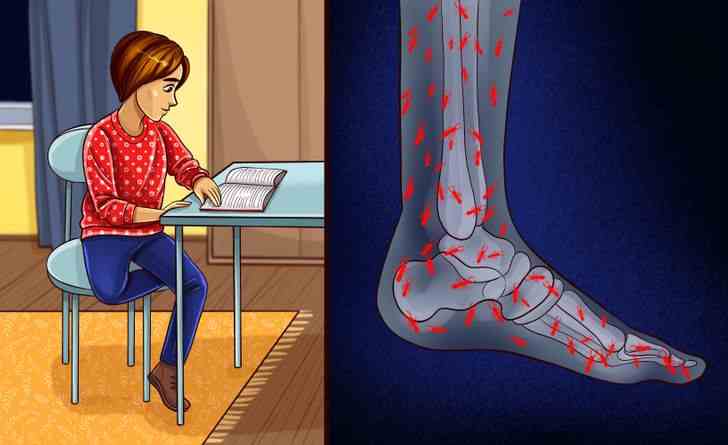
The affected limb becomes numb and stiff while remaining flexible when suffering from paresthesia. As the affected area lies on a hard or soft surface, and as it extends to other areas of the affected limb, the sensitivity of the affected area increases.
When the pressure on the affected nerve is released, the feeling of a numb limb normally goes away easily, allowing blood to flow again. You can do this by simply moving the numb portion by exercise, stretching, or massage. The tingling will gradually fade away until it is completely gone.
These are some possible consequences of paresthesia
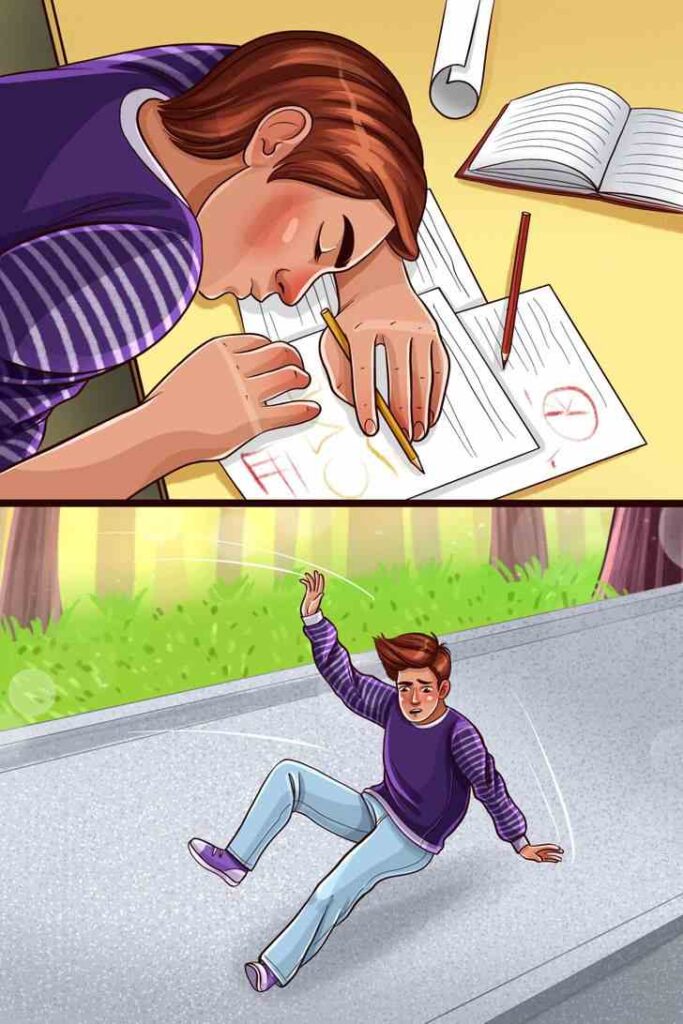
Nonetheless, some effects can arise as a result of the sensations caused by paresthesia. Here are a few examples:
- Problems of blood circulation
- Adoption of irregular sleeping postures, resulting in a variety of conditions as a result of exhaustion or a lack of sleep
- Rolling or driving with difficulty
- Falling risk is higher.
There are different types of paresthesia
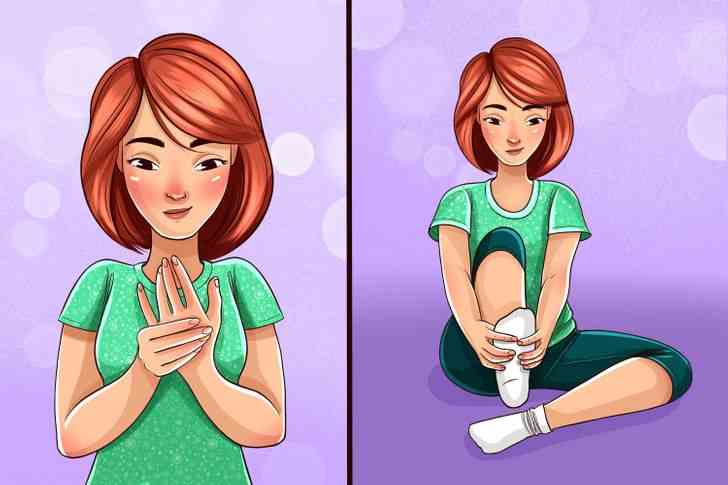
The following are some examples of paresthesia:
- Buerger’s paresthesia is a form of skin paresthesia characterised by tingling, stinging, or weakness in the legs, fingers, and toes, as well as loss of sensation. The signs of paresthesia can be confused with those of atherosclerosis and other diseases. The typical patients are young people between the ages of 20 and 24, who have bad habits.
- Meralgia paresthetica is a numbness, tingling, and burning sensation in the outer thigh.
When paresthesia becomes a chronic
Pins And Needles In The Legs
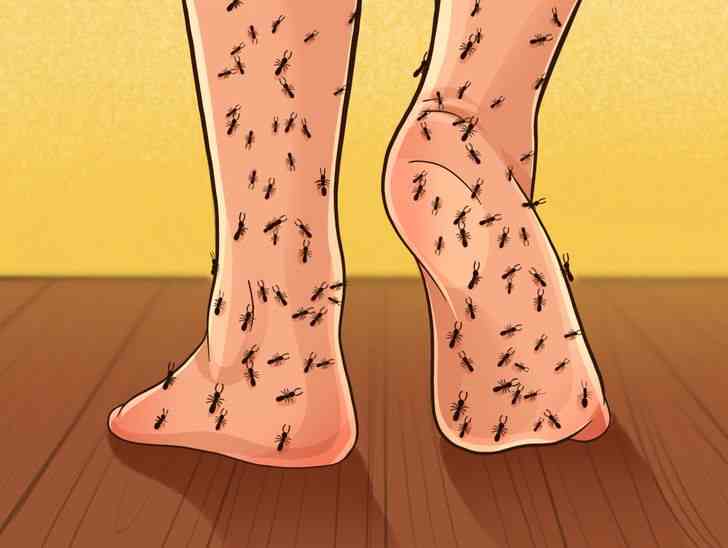
If you or someone you know experiences this strange pins and needles sensation on a daily basis, we might be dealing with chronic paresthesia. This is also a sign of a neurological condition or traumatic nerve damage. It’s possible that it’s caused by problems in the central nervous system in the first place. A stroke, multiple sclerosis, or encephalitis are examples of these. This issue may also be caused by a tumour or a vascular injury. Some syndromes, such as carpal tunnel syndrome, can harm peripheral nerves, resulting in paresthesia and pain.
It’s important to pay a visit to your doctor’s office
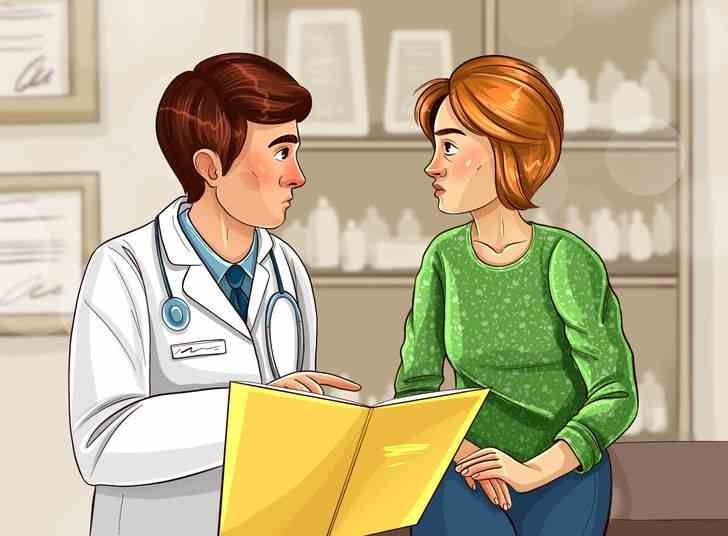
An analysis of the patient’s medical history, a physical examination, and laboratory testing is commonly used to make the diagnosis, which is often made by a professional. Additional testing may be requested by the physician in certain circumstances, depending on the patient. If the burning or scratching is caused by a pathological disease, it is important to keep it under control.
As a result, you should seek medical advice if:
- You have a sudden onset of paresthesia or weakness.
- Incontinence of the bladder and/or bowel is a problem for you.
- On all sides of your body, you have numbness.
- Your face or torso loses feeling.
- The limb as a whole “sleeps” absolutely.
- You have a state of altered consciousness.
- Your vision has changed.
- The numbness extends to other areas of the body over time.
- You’re having difficulty breathing.
Do you experience paresthesia on a regular basis? What about it irritates you the most? Do you have any suggestions for getting rid of the pins and needles quickly?
